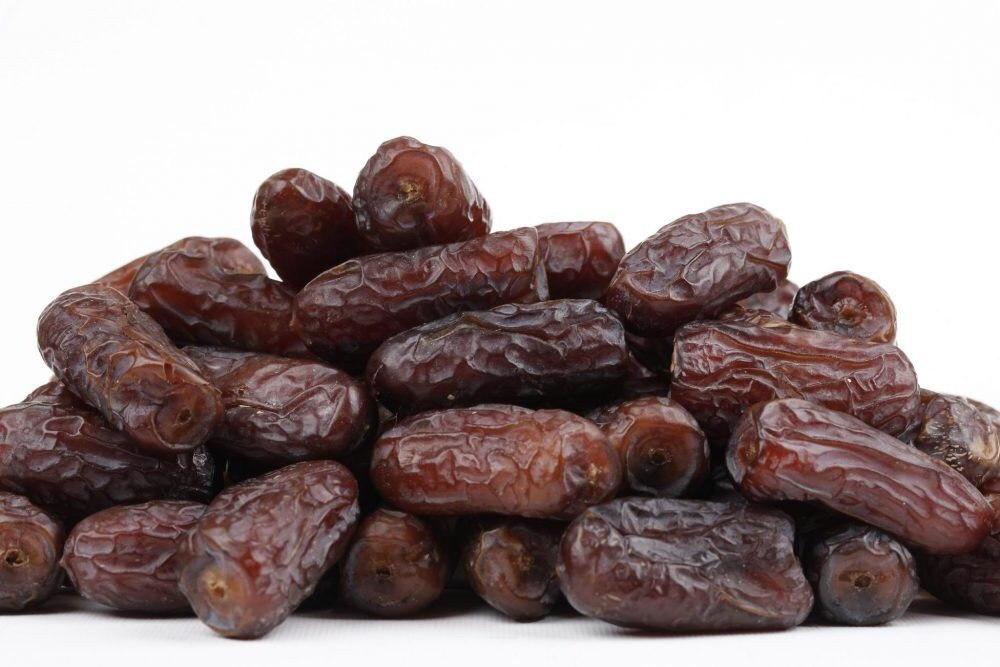Kedai Kurma: How Do Seasons Affect Date Availability and Price?

Kedai Kurma, or date shops, are popular establishments that offer a wide variety of dates to customers. These shops cater to the ever-growing demand for dates, which are cherished for their natural sweetness and numerous health benefits. However, the availability and pricing of dates can fluctuate throughout the year due to the influence of changing seasons. Understanding how seasons affect date availability and price can provide valuable insights into the dynamics of the date market at Kedai Kurma.
The Impact of Seasons on Date Availability
Seasonal variations play a crucial role in determining the availability of dates at date shops. Dates are grown in different regions around the world, and their cultivation is heavily influenced by climate conditions. Here are some key factors that affect date availability:
1. Harvesting Seasons
Dates have specific harvesting seasons, which vary depending on the variety and growing region. In general, dates are harvested during the summer and fall months. However, the exact timing can differ from region to region. For example, in the Middle East, where a significant portion of dates are produced, the harvest season typically falls between August and October. This means that during these months, date shops are likely to have a wider selection of fresh dates available.
2. Growing Conditions
The quality and quantity of date crops are heavily influenced by growing conditions, including temperature, humidity, and water availability. Dates thrive in arid climates with long, hot summers and mild winters. Excessive rainfall or extreme temperatures can negatively impact the growth and yield of date palms. Therefore, regions with favorable growing conditions are more likely to have a consistent supply of dates throughout the year.
3. Importation and Storage
In regions where dates are not locally grown or during off-season periods, date shops may import dates from other countries to meet the demand. These imported dates are often harvested and stored during the peak season to ensure a continuous supply. Proper storage techniques, such as refrigeration or controlled atmosphere storage, help maintain the quality and freshness of dates until they are ready for sale.
The Influence of Seasons on Date Pricing
Seasonal variations also have a significant impact on the pricing of dates at date shops. The interplay between supply and demand, driven by seasonal factors, can lead to fluctuations in price. Here’s how seasons affect date pricing:
1. Supply and Demand Dynamics
During peak harvest seasons, when there is an abundant supply of dates, the prices tend to be more competitive. This is because the increased availability allows date shops to offer a wider range of options at lower prices. On the other hand, during off-season periods or when there are supply disruptions due to adverse weather conditions, the scarcity of dates can drive prices higher.
2. Import Costs
When date shops import dates from other countries to meet the demand during off-seasons, additional costs such as transportation, customs duties, and storage expenses may be incurred. These costs can influence the final retail price of imported dates, making them relatively more expensive compared to locally grown dates during their respective harvest seasons.
3. Festive Demand
Certain seasons and festivals, such as Ramadan and Eid, witness a surge in demand for dates. During these periods, date shops experience increased customer footfall, leading to a potential increase in prices due to higher demand. Retailers may also offer special promotions or package deals to attract customers, further influencing the price dynamics.
Conclusion
Kedai Kurma plays a vital role in satisfying the demand for dates throughout the year. Understanding the impact of seasons on date availability and pricing is crucial for both consumers and retailers. The seasonal variations in date availability are influenced by factors such as harvesting seasons, growing conditions, and importation and storage practices. These factors determine the variety and freshness of dates available at date shops. Additionally, seasonal dynamics, including supply and demand fluctuations, import costs, and festive demand, significantly influence the pricing of dates. By being aware of these seasonal variations, consumers can make informed choices, and date shops can adapt its offerings to meet the preferences and requirements of its customers.
Key Highlights:
- Seasonal variations impact the availability of dates at Kedai Kurma.
- Harvesting seasons, growing conditions, and importation and storage practices influence date availability.
- Seasons affect date pricing through supply and demand dynamics, import costs, and festive demand.
- Peak harvest seasons offer competitive prices, while off-season periods may lead to higher prices due to scarcity.
- Imported dates during off-seasons may be relatively more expensive due to additional costs.
- Festive periods witness increased demand, potentially affecting date prices.
- Understanding seasonal variations helps consumers make informed choices and allows date shops to adapt to customer preferences.